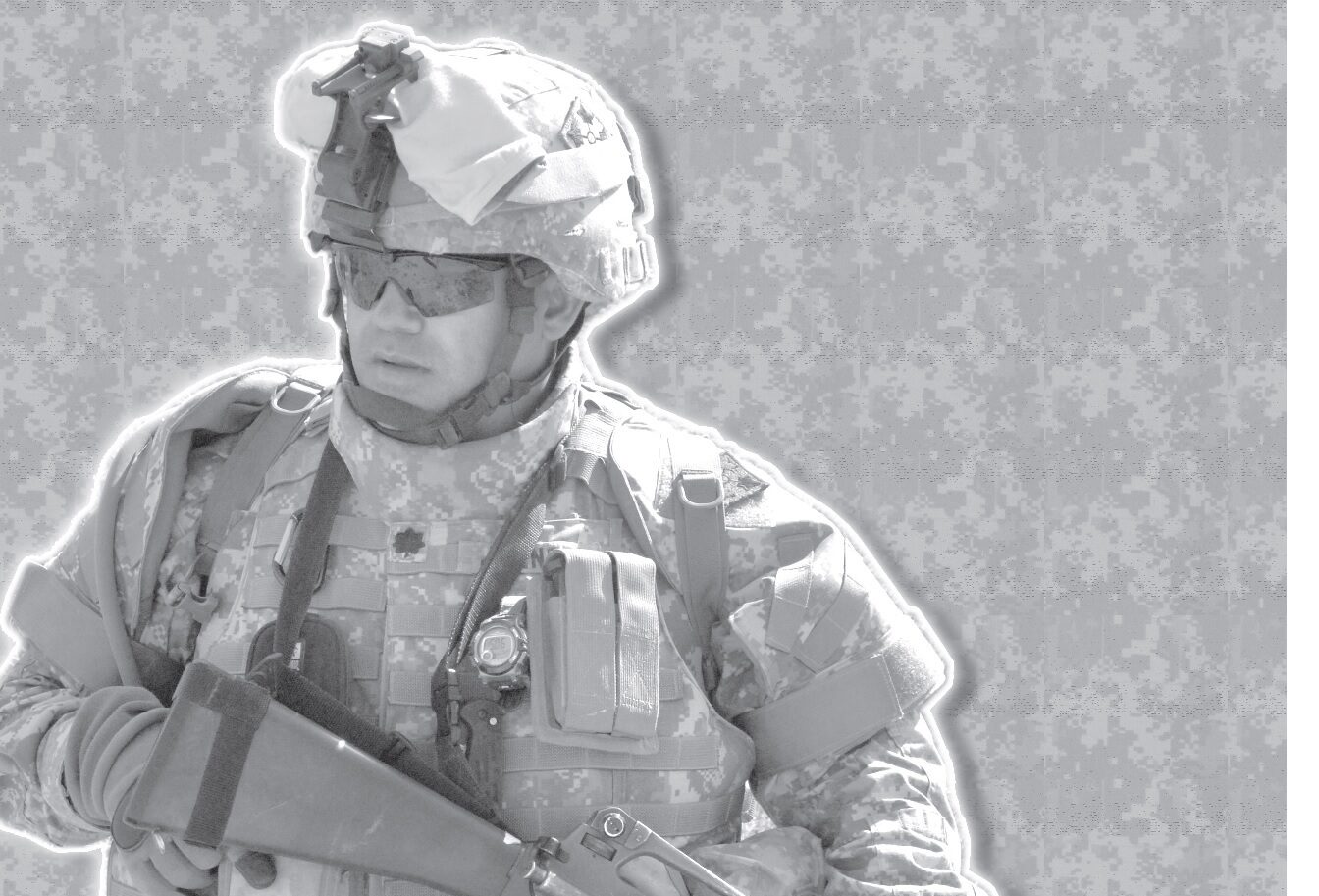
CRAFTING VETERANS’ EDGE FOR TODAY’S CIVILIAN MARKET
By Julia Ivy
November 30, 2019
A simple Google search revealed within seconds that there are around 45,000 veteran organizations in the United States, and many of them are dedicated to assisting veterans with the transition to civilian life. Most of them have veterans on the board who used to face the same “what’s next?” challenge; they have found the way out, so they are eager to help others. On top of this, we have several regulations that encourage businesses and state organizations to hire veterans.
Why then is it still an issue? Veterans’ transitions are supposed to be a smoothly run operation that lets each of them happily land in the job of their dreams. At the same time, having friends among veterans, and having veterans as my students in a range of programs, I have learned that there are challenges. I asked them to share the sources of their frustration. This is what I learned.
Similar to how businesses redefine a business model, establish connections, learn the local culture, and reassess business competencies when they enter a new market, veterans need to (a) redefine their professional core, (b) connect with people and culture, and (c) reassess their competencies for a market they choose to enter. In other words, they need to assess their investments in personal capital, social capital, and professional capital, and add capital or reinvest available capital for a new market. The group of younger veterans in their 20s and 30s need more investments into these areas, while career officers in their 40s and 50s could capitalize on accumulated investments and reconfigure them for the companies of their choice.
BE-EDGE INSTRUMENT
Bringing all these together, I have arrived at the BE-EDGE Method that addresses the above challenges and provides the instrument of personal strategy for entering a new market. It includes four E-D-G-E steps, each of which allows veterans to invest or reinvest in their personal, social, and professional capitals, and utilize their investment.
(E)lucidating their professional CORE
At this stage, veterans focus on their personal capital. A series of visualization exercises and inventory assessment techniques let them bridge inspirations for the “what’s next?” journey with their inner self, redefine the contours of new professional aspirations, and set a target of organizations and projects they choose to work with.
(D)eveloping TRUST
This stage is for social capital. They connect with the company of their choice, learn the challenges that the company of their choice is trying to solve together with the context of the challenge. Through listening to the company’s insiders and learning the industry rules of the game, they connect with them at the personal and social levels and absorb the language and culture of the company of their choice.
(G)enerating VALUE
When veterans are familiar with the company’s challenges and contexts, they tailor their capabilities and previously accumulated professional capital in the recommendations of how the challenge can be solved. It allows them to reinvest, multiply their professional capital in new settings, and develop a space where veterans feel appreciated for the value they generate for the company.
(E)xciting the new MARKET.
Finally, veterans utilize the capital of matching personal CORE, social TRUST, and professional VALUE to establish momentum for Exciting the MARKET through establishing a strong connection between veterans’ ability to solve industry challenges, generate value, and the needs of the company in such a skill set. They feel at home with the transition complete.
Therefore, following the “E-D-G-E” process, veterans craft their “B-E” through visualizing the space that fits THEM, selecting and connecting with a company that fits THEIR space, and providing a view on solving a company challenge using THEIR way of working with challenges.

